Lab Gas Generators
Parker domnick hunter is the leading provider of Gas systems for the Analytical Instrument market. Generators are specifically designed to meet the stringent gas requirements for all the leading Analytical Instrument manufacturers. Utilising Parker’s range of patented proprietary technologies, there are 1,000’s of systems installed worldwide. These technologies offer some unique performance benefits, including guaranteed ultra high purity gas, silent operation, minimal moving parts, and minimal operator attention. It is technology you can trust.
Showing 1–9 of 18 results
-
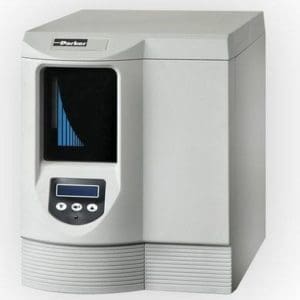
Hydrogen Generators for Fuel Gas
Parker fuel gas hydrogen generators utilize proton exchange membrane, which eliminates the use of liquid electrolytes with hydrogen generators.
-
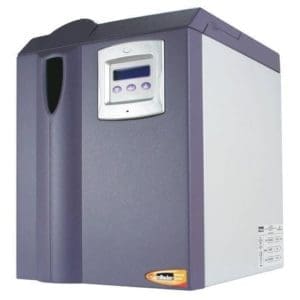
Parker Domnick Hunter H Gas Generator
-
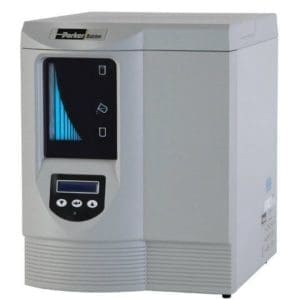
Parker Balston H2PEMPD
-

Parker Domnick Hunter H-MD
Hydrogen Generators for GC & GCMS Carrier Gas PDF
Hydrogen Generators for GC and GC/MS carrier gas applications
-
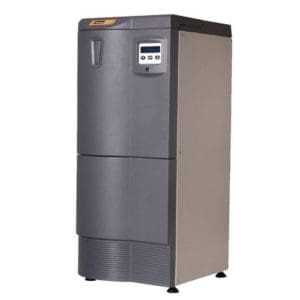
High Purity Nitrogen Generators for Analytical Instruments
Parker domnick hunter nitrogen gas generators employ robust, field proven technology to produce high purity nitrogen for life science, chemical analysis and spectroscopy applications
-
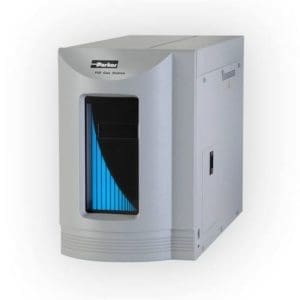
Parker Balston FID Gas Stations
Parker Balston’s FID-1000NA, FID-2500NA, and FID-3500NA Gas Stations provide both hydrogen gas and zero grade air to FID detectors on Gas Chromatographs.
-
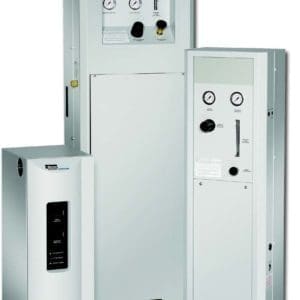
Parker Balston Low Flow LCMS Nitrogen Generators
The Parker Low to Mid-Flow Nitrogen Generators produce up to 132 SLPM of compressed nitrogen, on-site. With purity levels ranging from 95% to 99.5%.
-

Ultra High Purity Nitrogen Generator
Parker domnick hunter nitrogen gas generators produce ultra-high purity nitrogen for GC and other critical analytical applications. Flow rates range from 0.75 L/min to 3 L/min, with purities >99.9995%.
-

Parker Balston TOC Generators
Parker Balston TOC Gas Generators eliminate all the inconveniences and costs of cylinder gas supplies and dependence on outside vendors by producing carrier/combustion gas from an existing compressed air supply
